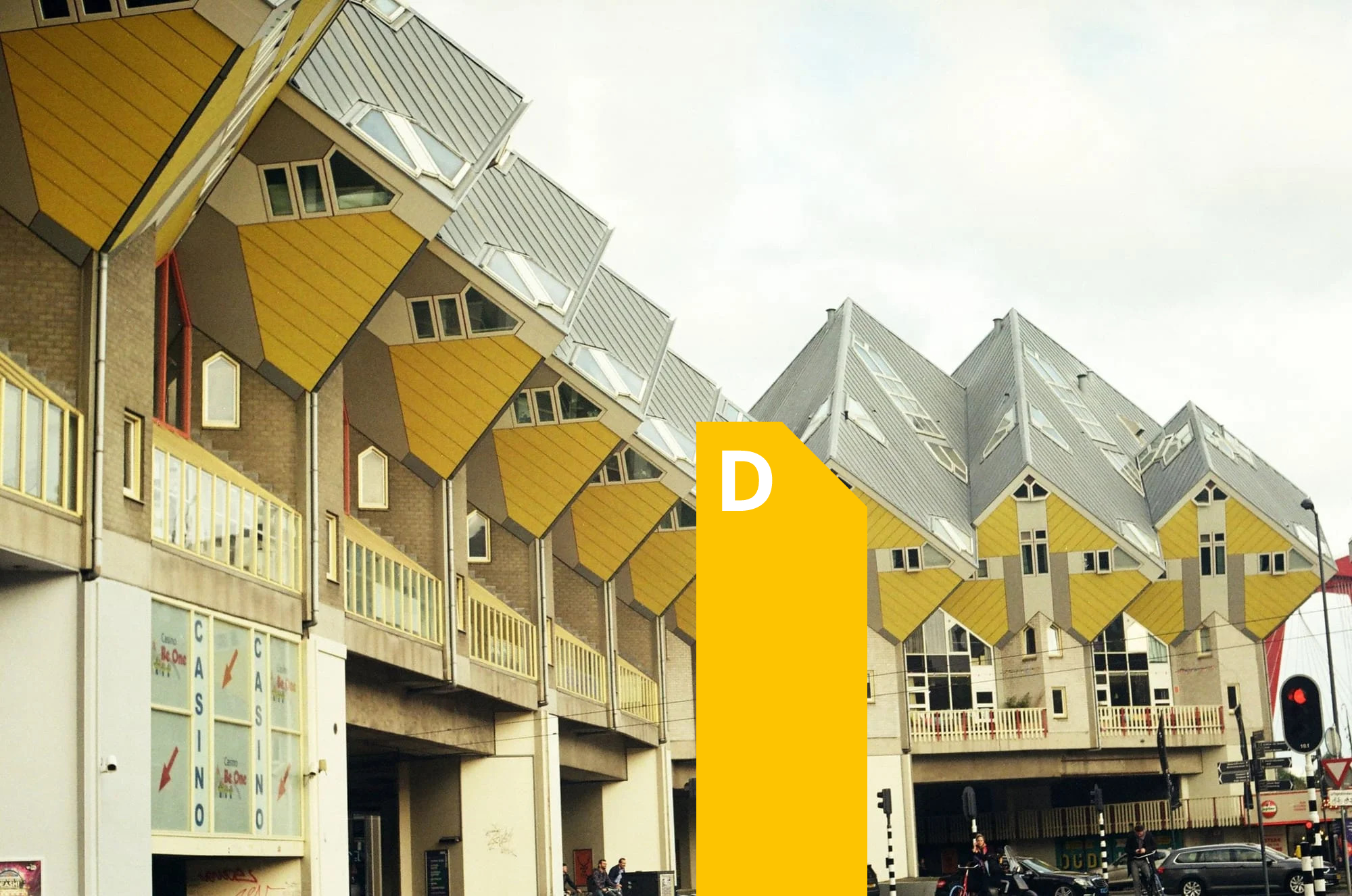Energy label D

Energy label D
When selling a house, it is mandatory to request an energy label for your home. On this page we will discuss energy label D in more detail. Homes with this energy label do not fall into the 'green' zone of the A, B and C labels. Energy label D is average for residential homes in the Netherlands, but the energy costs of the home are relatively high compared to a home with energy label A. Below we discuss the meaning and conditions of this label in detail. We also discuss how you can improve the energy label D as cheaply as possible.
What does energy label D mean?
An energy label D means that the energy costs of your home will probably be on the high side. Often certain energy-saving measures have not yet been taken. For example, a typical home with an energy label D looks like this:
- House of approximately 100m2
- Year of construction between 1975 and 1982
- HR 107 boiler
- Double or single glazing
- Moderate floor and wall insulation
- Lots of draughts
Energy label D is seen as a relatively unfavorable energy label. The lowest classification for an energy label is a G label and an A++++ label is the highest possible energy label. An unfavorable energy label will yield relatively less in sales.
Conditions for an energy label D
The conditions for an energy label are determined by the energy consumption expressed in kilowatt hours per square meter per year (kWh/m² per year). With a D label, between 250 and 290 kWh/m² are consumed per year. This is quite easy to achieve for most homes in the Netherlands. To receive this label, your home does not have to be very accurately insulated or energy efficient.
How do I get a higher label than an energy label D?
Since an energy label D is not ideal for the value of your home, it is a smart investment to make your home more energy efficient. This way you not only add value to your home, but you also save on your energy consumption every month. Moreover, you contribute to a better climate. To improve the energy label, perhaps even to energy label A, you can follow the following step-by-step plan: First of all, a home inspection will have to take place in which the home is inspected for the so-called “0 measurement”. With the information from this measurement, energy performance software can be used to calculate the possibilities to improve the label at minimal costs. Possible measures may include:
- Insulate the floor
- Insulate the central heating pipes
- Install double glazing or HR++ glass
Request an energy label from Bouwhuis Energielabels
Does your home not yet have an energy label or an expired energy label, or have you taken energy-saving measures and would you like to apply for a better energy label again? Then quickly request your energy label from Bouwhuis Energielabels.
